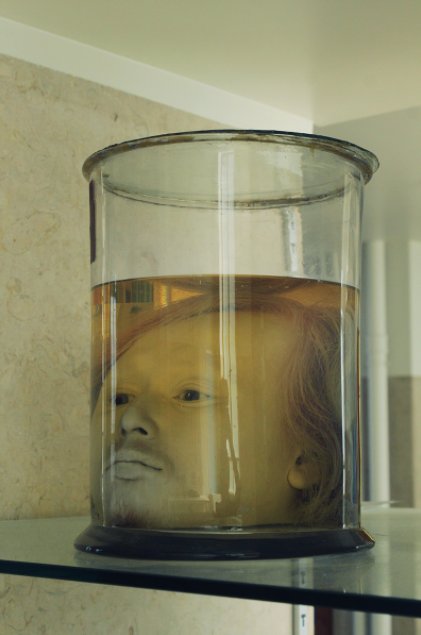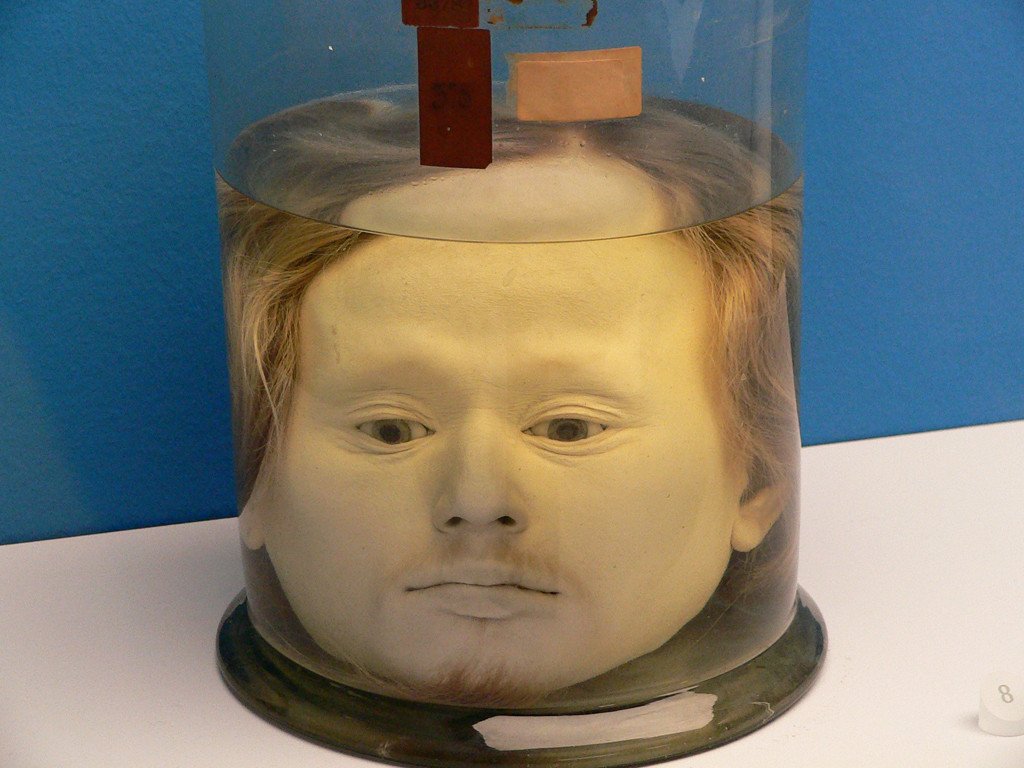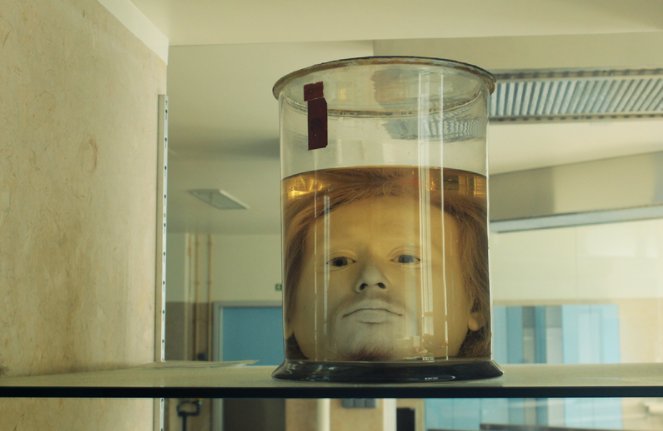When we think of conserved dead bodies, we think mummies. But just like many other things that need not go the way we had always thought they would, there happens to be a head – of a particularly notorious man – that’s been preserved for over a century by the Portugal University.
It’s the head of Diogo Alves – serial killer who was born in Galicia in 1810. He had travelled to Lisbon for work, a practice not uncommon in those days. According to Atlas Obscura, from 1836 to 1839, the man transferred his workplace to the Aqueduto das Águas (Aqueduct of the Free Waters), in full agreement with the fact that a life of crime would earn him a lot more than what his daily labour paid.

Thus began his life of crime. He would loot people, mostly humble farmers who were making their way across after a hard day’s work and then throw them over the bridge, into the water. He repeated this seventy times in the span that he stayed there. After three years, he suddenly stopped and nobody knows why. Police intervention wasn’t it since almost all the deaths were accounted as suicides.

However, he did build a gang of goons and began targeting private residences. After breaking into a physician’s residence and murdering the people within, he was caught and sentenced to hang in 1841. He’s not the first ever serial killer to be caught, then why does his head enjoy the display? Timing, we guess.

He was hung at a point when phrenology was becoming a popular study. It supported the idea that the brain housed all aspects of an individual’s personality in physically distinct areas, and the shape of the skull reflected this internal organization. Personality traits, criminal propensity included, could be felt, palpated and measured right on the individual’s skull. It was suggested that the study be conducted on Diogo Alves’ head, but there’s little evidence of it ever happening.

But the head stays there, greeting everybody who enters. Just one of those celeb things, we guess.

















